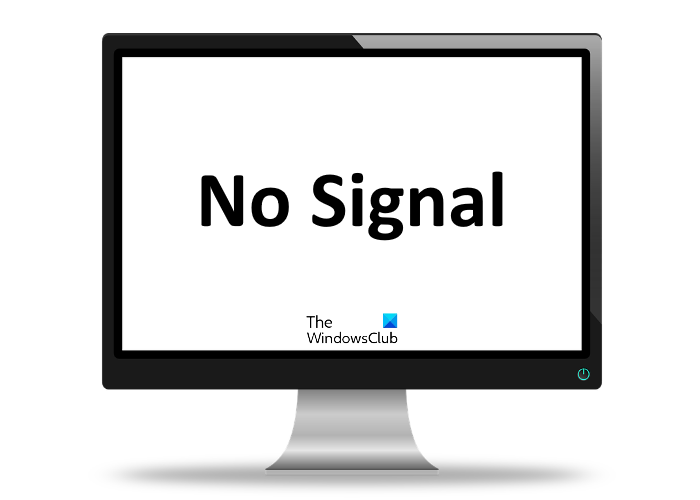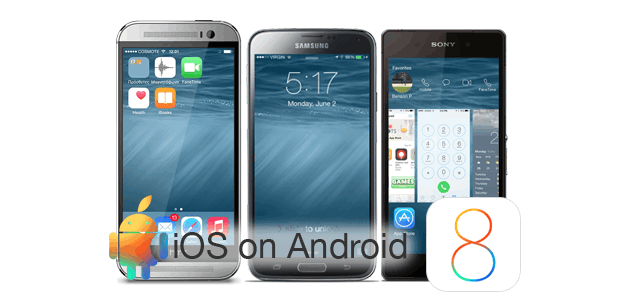As a tech-savvy individual, you may have encountered a situation where your computer powers on, but the monitor displays a frustrating “no signal” message. This issue can be quite perplexing, leaving you wondering what steps to take to resolve it. Fortunately, there are several troubleshooting techniques you can employ to get your computer up and running again. In this guide, we will walk you through the process of troubleshooting a computer that turns on but the monitor says no signal.
Before diving into the troubleshooting steps, it’s essential to understand what the “no signal” message means. When you power on your computer, but the monitor remains blank with a “no signal” message, it indicates that the monitor is not receiving a signal from the computer’s graphics card or onboard graphics. This issue can occur due to various reasons, including faulty connections, misconfigured settings, or hardware problems.
Step 1: Test Your Monitor
The first troubleshooting step is to ensure that your monitor is functioning correctly. Disconnect the monitor from your computer and turn it on and off. If the display shows diagnostic information or any content, it indicates that the monitor is powered and capable of displaying content. In this case, the issue may lie elsewhere, such as the graphics card or other internal components.
Step 2: Verify a Complete Restart
Sometimes, a computer may appear to be off when it’s actually having trouble resuming from a power-saving mode. To verify this, ensure that your PC has completely restarted and is powering up from a completely powered-off state. Power off your computer while in a power-saving mode by holding the power button down for 3-5 seconds. After the power is completely off, turn on your PC and check if it boots normally.
Step 3: Troubleshoot Beep Codes
If your computer emits beep codes during startup, they can provide valuable clues about the cause of the issue. Different beep patterns indicate specific hardware problems. Consult your computer’s manual or the manufacturer’s website to understand the meaning of the beep codes and troubleshoot accordingly.
Step 4: Clear the CMOS
Clearing the BIOS memory on your motherboard can help resolve issues caused by misconfigured settings. It resets the BIOS settings to their factory default levels. To clear the CMOS, consult your motherboard’s manual for specific instructions. Once cleared, make sure to reconfigure any necessary settings in the BIOS.
Step 5: Check the Power Supply Voltage Switch
Ensure that the power supply voltage switch on the back of your computer is set correctly. If the input voltage for the power supply is incorrect, your computer may not turn on completely. If the switch is set incorrectly, adjust it to match the voltage requirements of your region.
Step 6: Reseat Internal Components
Reseating internal components can often resolve connectivity issues. Start by verifying that all cables are connected correctly. For example, if the onboard video card has been disabled, plugging a VGA cable into it will result in no display even if the computer is powered on. Additionally, reseat internal data and power cables, memory modules, and expansion cards to ensure a secure connection.
Step 7: Reseat the CPU
While rare, it’s possible for the CPU to come loose or not be installed properly, causing display issues. Only attempt to reseat the CPU if you suspect it may be the cause. This task requires caution and precision, so consult your motherboard’s manual for instructions on how to properly reseat the CPU.
Step 8: Investigate Electrical Shorts
Inspect your computer for signs of electrical shorts, such as burnt components or damaged cables. Electrical shorts can disrupt the proper functioning of your computer and prevent it from displaying anything on the monitor. If you identify any electrical shorts, investigate their causes and address them accordingly.
Step 9: Test Your Power Supply
The power supply unit (PSU) is a common culprit for various hardware issues. Just because your computer’s fans and lights are working doesn’t necessarily mean that the power supply is functioning correctly. Test your PSU using a multimeter or a PSU tester. Replace the power supply immediately if it fails any tests.
After replacing the power supply, keep your PC plugged in for 5-10 minutes before turning it on. This allows time for the CMOS battery to recharge, which may have been drained during the troubleshooting process. Don’t skip testing the power supply, as even partially functional power supplies can cause problems.
Step 10: Start with Essential Hardware Only
To identify if any specific hardware is causing the issue, start your computer with only the essential hardware installed. Disconnect peripheral devices that are not necessary for your computer to function properly, such as USB-connected storage devices. If your computer starts normally with only essential hardware, proceed to the next step.
Step 11: Reinstall Each Piece of Hardware
If your computer started with essential hardware only, begin reinstalling each piece of hardware one at a time. After installing each device, test if your computer displays something on the screen. By installing each component individually and testing them, you can identify the hardware causing the problem. Replace any defective hardware that you identify.
Step 12: Use a Power On Self Test Card
If your computer still doesn’t display information on the monitor after reinstalling essential hardware, you can use a Power On Self Test (POST) card. A POST card helps identify the faulty hardware that is preventing your computer from fully powering on. Follow the instructions provided with the POST card to diagnose the issue.
Step 13: Replace Essential Hardware
If you don’t have a POST card or spare parts to swap in and out, you may need to rely on professional help. Seek assistance from individuals or companies that can provide the necessary resources to identify and replace the faulty hardware.
Step 14: Seek Professional Help
If you have exhausted all the troubleshooting steps and are still unable to resolve the issue, it is recommended to seek professional help. Knowledgeable technicians can diagnose and repair complex hardware problems, ensuring your computer is back up and running efficiently.
Frequently Asked Questions
Can RAM cause my display to go black?
Yes. If the RAM is faulty or not correctly seated, your computer can’t function, leading to a black display.
Why is the display getting no signal when I turn on my PC?
Loose or faulty cables can cause your monitor to display a ‘No Signal’ message. Also, ensure you’re using the correct source input if your display has multiple options.
How do you fix a display that doesn’t turn on after the PC goes to sleep and wakes up?
If your computer isn’t waking from sleep properly, try to wake it using the keyboard or mouse. If your computer is awake and the monitor is still asleep, you can force it to wake up using the keyboard shortcut Win+P or Ctrl+Alt+Del.
How do you change display settings in Windows when you can’t see the display?
You can use the Narrator feature available in Windows 10 and Windows 11. This screen-reading app can help you navigate through the display settings, even if you can’t see them. Press Win+Ctrl+Enter to turn it on or off.
Conclusion
Experiencing a computer that turns on but displays a “no signal” message can be frustrating. However, by following the step-by-step troubleshooting techniques outlined in this guide, you can effectively diagnose and resolve the issue. Remember to test your monitor, verify a complete restart, troubleshoot beep codes, clear the CMOS, check the power supply voltage switch, reseat internal components, investigate electrical shorts, test the power supply, start with essential hardware only, reinstall each piece of hardware, use a POST card if available, and seek professional help if needed. With these approaches, you’ll be well on your way to resolving the “no signal” problem and getting your computer back to optimal performance.
Experiencing difficulties with your Device, check out our “How To” page on how to resolve some of these issues.





